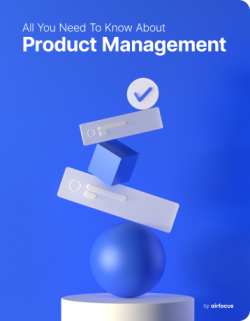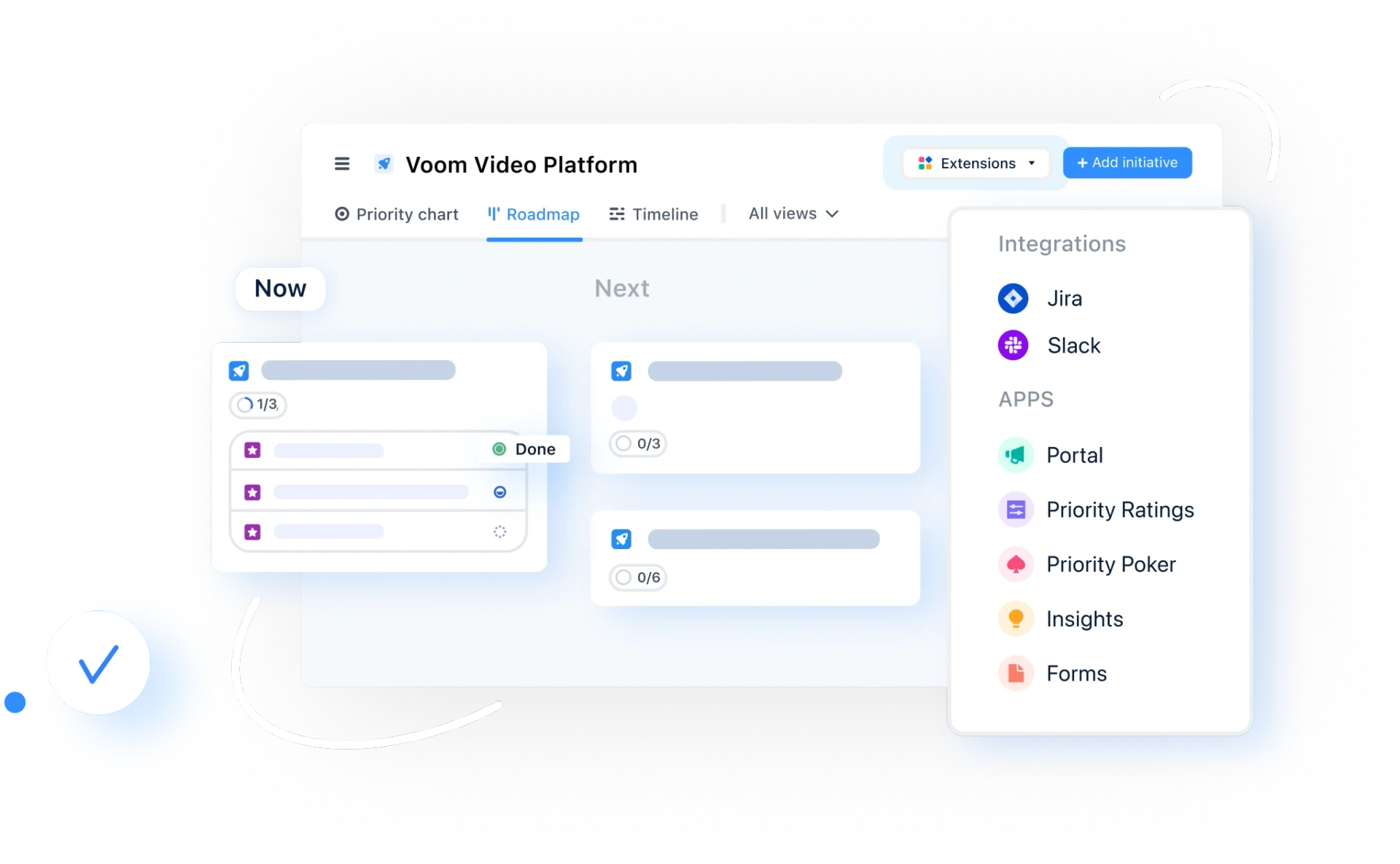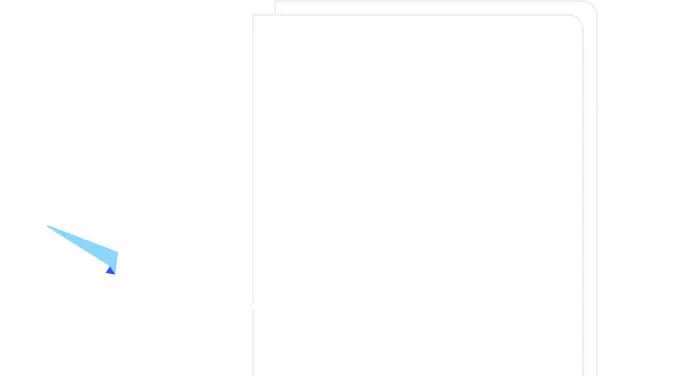Divergent Thinking
What is divergent thinking?
Definition of divergent thinking
Divergent thinking, often referred to as lateral thinking, is the process of creating multiple, unique ideas or solutions to a problem that you are trying to solve. Through spontaneous, free-flowing thinking, divergent thinking requires coming up with many different answers or routes forward.
Advantages of using divergent thinking
Divergent thinking can benefit work processes in the following ways:
Best possible solutions
A divergent thinker will explore all possible solutions to a problem, increasing the likelihood of finding a solution that fits a particular problem perfectly.
Increased team morale
By dismissing the first idea, teams are encouraged to think outside the box and exercise their creativity. This encourages teamwork as they compare ideas and collectively work towards one goal, boosting team morale.
More flexibility
When faced with a complex problem, divergent thinking allows management to adapt their plans and processes to find an appropriate new solution, encouraging proactive development as opposed to restrictive reactive thinking.
How to implement divergent thinking
Too much divergent thinking can lead to endless ideation, and no solutions.
That’s where convergent thinking comes in handy. Convergent thinking organizes and structures new ideas, separating those with worth from those which can be left behind.
Creative problem solving begins with divergent thinking — to collect free-flowing ideas — before converging them so they’re relevant to the issue at hand.
Both stages are critical. The divergent stage pushes you to explore all possible options, while the convergent stage ensures you’ve chosen the most appropriate solutions given the context.
Convergent vs. divergent thinking
Convergent thinking focuses on finding a well-defined solution to a problem by embracing clear solutions and structure.
For example, if a copy machine breaks at work, someone identifying as a convergent thinker would quickly call a technician to fix the machine.
Usually, project managers embrace convergent thinking without even knowing it, so you might already be familiar with this mentality.
Benefits of convergent vs. divergent thinking:
There is no room for ambiguity.
You tend to find solutions more quickly.
Perfect for linear processes and organization.
It allows you to align teams, plan projects, and create workflows in the most efficient way possible.
It’s a straight-to-the-point kind of approach to problem-solving.
Divergent thinking refers to the creative solutions you could find for a problem. This type of thinking allows for more freedom and helps you generate more than one solution by typically using brainstorming as the cognitive method.
Although the means differ from convergent thinking, the end goal is the same — to find the best idea.
For example, a divergent thinker would try to find the cause and develop a fix for that broken copy machine from the previous example.
They might even send a company-wide email to check whether any employees have fixed copy machines before.
Benefits of divergent vs. convergent thinking:
Using creativity to find solutions to problems.
Analyze ideas from different angles.
Identify and apply new opportunities.
Helps the user adopt a learning mindset.
Stand out from competitors by implementing creative ways to solve common problems.
Helps you learn and understand other people’s perspectives when brainstorming.
What is the divergent thinking psychology definition?
Divergent thinking involves a whole range of psychological steps. Usually, divergent thinking happens in a free-flowing and spontaneous manner, so ideas appear in a random, non-linear manner.
This is how divergent thinking opens the mind to potentially limitless solutions to problems that might not be obvious through linear, convergent thinking.
Divergent thinking is an essential part of creative thinking.
The best idea is never found by luck or pure chance. The creative process involves many steps that lead to new ideas.
From plucking out varieties of possible results to applying the idea to the problem at hand, divergent thinking is bound to lead you to more unique ideas than more straightforward, convergent thinking.
How to combine divergent and convergent thinking for optimal results
Achieving the best outcome through divergent and convergent thinking might seem challenging at first, but get it right and it can pay off in exciting and valuable ways.
Start with divergent thinking. You and your team may need to break out of established ideation routines and embrace a fresh approach, which is often difficult. Try to make it easier by being open to all possibilities and assuring your product team that there are no wrong ideas at this point.
Look at all the potential choices and ideas available to you. Consider problems from all angles, including from the perspective of target users. You know their pain points and what solutions they’re looking for. That insight can help you make the most of divergent thinking.
Next, move on to convergent thinking. Here you want to think about what is rather than what could be. Analyze your options, and compare their pros and cons carefully. When you have a comprehensive list of your ideas' good and bad points, you’ll find it easier to pick the best ones.
Techniques to stimulate divergent thinking
Having trouble getting your team to try divergent thinking? Here are a few ways to kick-start the process:
Ask questions
Some members of your product team may not know where to start. Stimulate divergent thinking by asking questions about the issue at hand and their views on it.
Try roleplay
Have one team member play the role of a customer complaining about a product or a specific feature, and another could try to help them with it. This can spark discussions that lead to solutions.
Brainstorm possibilities
As a team, come up with as many ideas as possible, no matter how unrealistic they may be. Even one good option can lead to breakthroughs.
Create a mind map
Mind mapping takes a visual approach to brainstorming. Write the core goal/issue in the center of a sheet of paper or whiteboard, and get team members to write down thoughts about it.
Defer judgment until later
Avoid praising or criticizing ideas during the ideation process. Take note of everything, then analyze them later to find out how viable ideas are.
Support strange and unusual ideas
Even if an idea seems ridiculous, there still might be something useful there. Encourage team members to open their minds to every possibility, no matter how bizarre they might be.

General FAQ

Glossary categories
Experience the new way of doing product management

Experience the new way of doing product management








